13 Tricks to Make Your Email Campaigns Delete-Proof
June 2011
By The Craftsman
Your customers' email addresses are a precious commodity – a golden ticket that gives you a free pass straight to their inbox, where (at least in most cases) you have far less competition for their attention than in their Facebook or Twitter feeds.
If they’ve entrusted you with this level of access, it’s important to make sure that you're always a welcome presence and that they not only open your messages but even look forward to receiving them.
At all costs, you must avoid abusing this privilege with emails that come so frequently or offer so little value that your recipients unsubscribe. Once you’ve been banned from their inbox, you'll probably never get a second chance to earn your way back in.
By using the tactics outlined below, you can create powerful email marketing campaigns that are not only spared from the dreaded delete key but that also further advance the trust your customers have in your brand and, ultimately, drive them to buy from you time after time.
1. Make it worth their while.
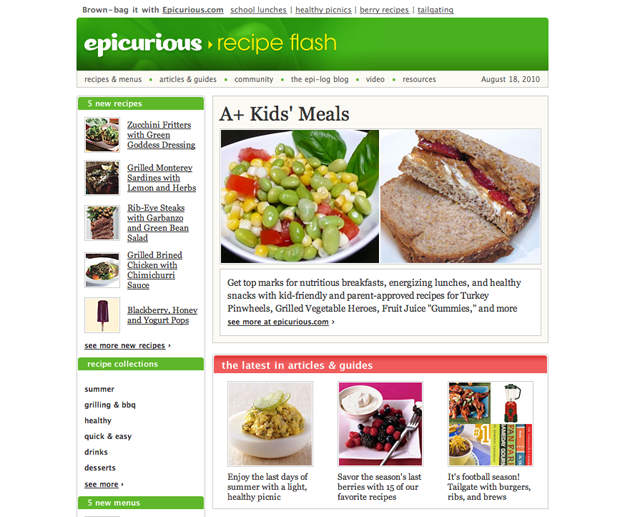
The most important ingredient of a must-read email is the subject line. Keep it short and choose your words wisely. The recipient’s decision to open or delete hinges on your ability to make the case that your message is worth their time and attention.
The best, most enticing subject lines convey to the recipient that the information that follows is urgent, unique or extremely useful – like in the example from Epicurious above, which featured the subject line "Packed Lunches, Made With Love." After all, what parent who faces the tedious task of packing school lunches every day wouldn’t be drawn in to read more?
2. Inspire and inform.
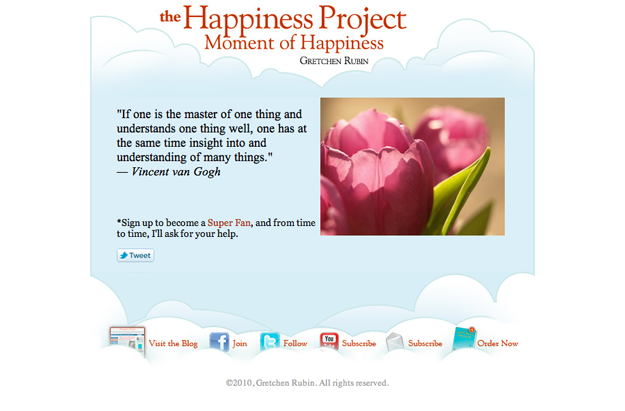
In today’s age of information overload, a brief but indispensable tip or inspirational message – whether it arrives on a daily, weekly or monthly basis – can be a refreshing change of pace for your customers.
3. Sell them a solution.

Don’t talk to your customers about your products or services. Talk to them about their needs and problems and give them a road map to solutions.
4. Make the ordinary extraordinary.

Emails with no other purpose than seeking “likes” for your Facebook page or follows for your Twitter stream are a dime a dozen and almost assuredly destined for the trash.
However, if you can illustrate the valuable content and community connections that your customers are missing if they’re not part of the conversation, they’ll be much more likely not only to take notice but to take action as well.
5. Don’t underestimate the power of a good deal.

Everyone loves a deal, which is why discounts and free shipping offers are sure-fire attention-grabbers. Get more mileage out of your campaign by encouraging your customers to share their special offer with their friends via email or Facebook.
6. Demonstrate incredible value.

Discounts aren’t the only way to reel in bargain-lovers. Another equally effective approach is to provide creative, budget-friendly ideas and strategies that will let them satisfy their wants and desires without breaking the bank.
7. Turn them on to trends.
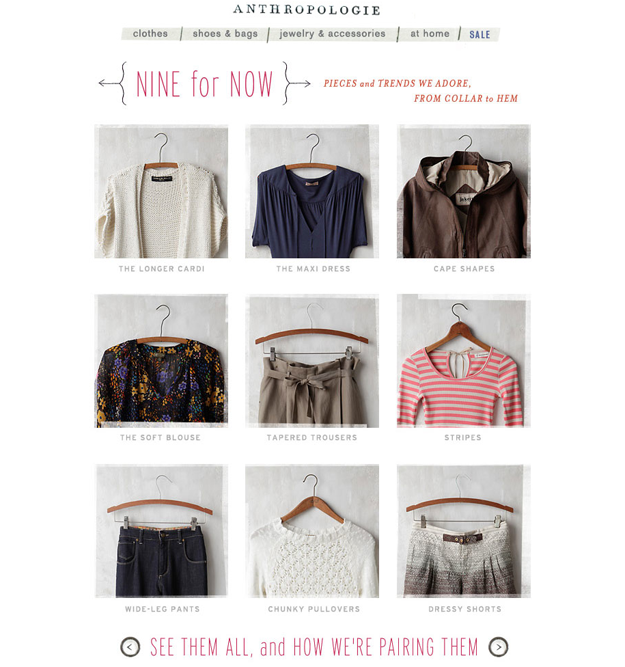
People like to be in the know about what’s new and what’s coming next. Give your customers the inside dish on the latest trends while highlighting the must-have items of the moment.
8. Show them what they’re missing.
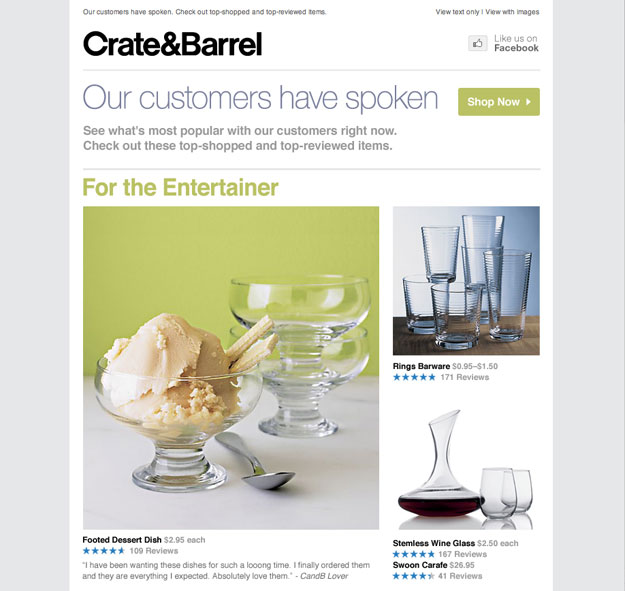
No one likes to think they’re missing out on something that will save them money, make their life easier, solve a problem or even make them the envy of their friends and neighbors.
Showcase your most popular products and feature reviews or testimonials from customers who love them. Nothing tips the scales toward a sale like the rave review of another customer who simply can’t live without whatever it is you’re selling.
9. Give the gift of ideas.

From Valentine's Day to Mother's Day to graduations and Christmas, your customers have at least as many gift-giving occasions as there are months of the year.
For those times when they're in search of that perfect present, a well-timed email with creative ideas at a variety of price points is a welcome source of inspiration.
10. Gain a lot with a giveaway.
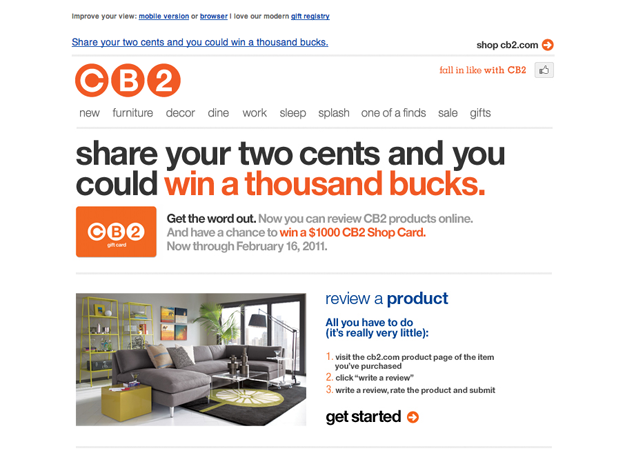
There’s nothing like the allure of a giveaway to motivate your customers not only to read your email but to take the action you desire, whether it’s reviewing a product, “liking” your brand on Facebook or providing a referral to a friend.
11. Campaign for a cause.

Tying your email marketing campaign to a charitable cause is a win for everyone. Not only will your promotion be more attention-worthy but your customers will get a feel-good boost for choosing to spend their hard-earned dollars in a way that benefits the greater good.
12. Get the party started.
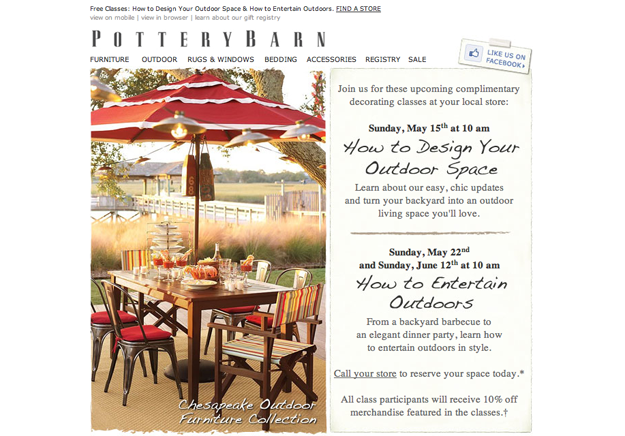
Building your campaign around events or classes offers your customers the opportunity to meet others who share similar interests and learn something new.
Enhance your invitation with an exclusive discount for event attendees, and you’ll deliver an even more powerful motivational punch.
13. Invite them in.

Sometimes a simple email can open the door to a much deeper level of engagement.
Remind your customers that your experts are available to them one-on-one and that together, you can identify the products and services that are the best fit for their specific needs and goals.
Fame Foundry's Craftsman works with passion and meticulous care building intuitive interfaces, modern style and refined aesthetic.